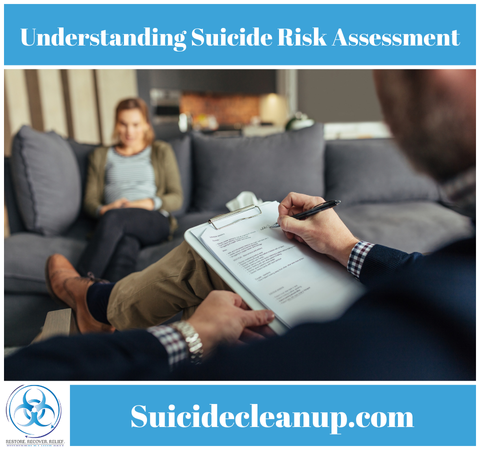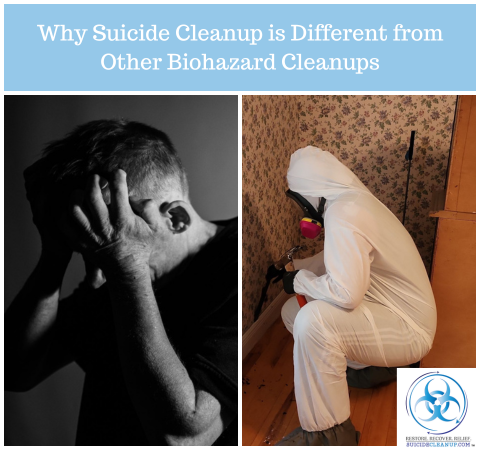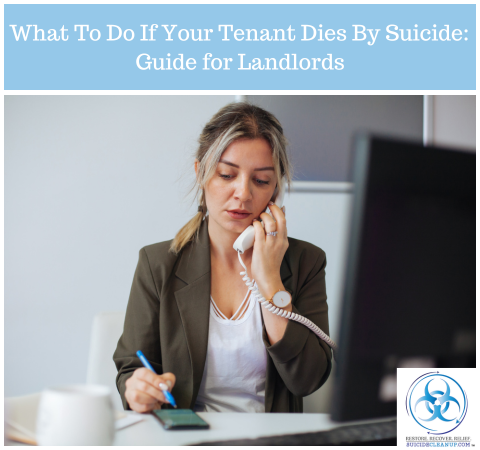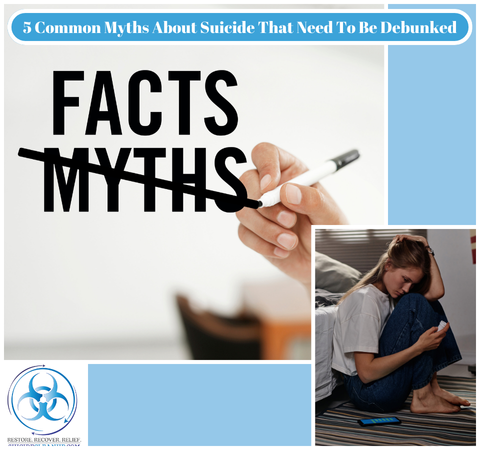
The Latest Study On LGBTQ Suicide Rates
June 28, 2024
Love Island UK Suicides: Reality TV & Mental Health
September 3, 2024Understanding the complexities of mental health is crucial in today’s fast-paced world, where stress and emotional challenges are increasingly prevalent. One critical aspect of mental health care is suicide risk assessment, a vital process designed to identify and help individuals who may be at risk of taking their own lives. This comprehensive evaluation involves assessing various factors, including mental state, history of suicidal behavior, and external stressors, to determine the level of risk and appropriate interventions. By understanding the components and importance of suicide risk assessment, we can better support those in crisis and potentially save lives.
What is Suicide Risk Assessment?
Suicide risk assessment is the process of evaluating an individual’s risk of attempting or dying by suicide. It involves gathering information about the person’s mental health, behavior, and life circumstances to determine their level of suicide risk.
Suicide assessment tools, such as standardized questionnaires and screening instruments, are often used to gather information about an individual’s mental health, history, and current state. These tools help professionals, such as mental health clinicians, primary care providers, and crisis counselors, to assess the severity of an individual’s suicidal ideation and the likelihood of a suicide attempt.
Recognizing the warning signs of suicide, such as talking about wanting to die, feeling hopeless or trapped, or engaging in risky behaviors, is also an important part of the suicide risk assessment process. By identifying these signs early, professionals can intervene and provide the necessary support and resources to help prevent a tragic outcome.
Key Factors in Risk Level
Determining suicide risk involves assessing a complex combination of risk factors and warning signs. Warning signs to watch for include:
- Talking about wanting to die
- Looking for ways to kill oneself
- Feeling hopeless or having no purpose
- Acting anxious or agitated
- Withdrawing from family and friends
- Changing eating and sleeping habits
- Taking risks that could lead to death
Protective factors like strong social connections, access to mental health care, and coping strategies can help mitigate risk. Utilizing comprehensive suicide assessment tools and consulting mental health professionals are crucial for accurately evaluating suicide risk and implementing appropriate prevention strategies.
Conducting The Interview
When assessing an individual’s suicide risk, a comprehensive interview is a crucial step. The suicide risk interview aims to gather detailed information about the person’s current mental state, history of suicidal thoughts or behaviors, and any contributing factors. This process follows established guidelines and utilizes validated assessment tools to ensure a thorough evaluation.
During the interview, the clinician or mental health professional will typically ask a series of questions to evaluate the person’s suicide risk level. These may include inquiries about:
- Current suicidal thoughts, plans, or intentions
- Past suicide attempts or self-harm behaviors
- Underlying mental health conditions, such as depression or anxiety
- Significant life stressors or recent traumatic events
- Access to lethal means, such as firearms or medications
- Protective factors, like strong social support or reasons for living
The suicide risk assessment interview is a sensitive and empathetic process, requiring the clinician to maintain a non-judgmental and supportive demeanor. By gathering this crucial information, the clinician can then determine the appropriate level of intervention and develop a comprehensive treatment plan to address the individual’s needs and reduce the risk of suicide.
Suicide Risk Assessment in Different Settings
There are various settings that a Suicide Risk Assessment could take place each requiring a slightly different approach.
Hospitals
In hospitals, suicide risk assessment is typically conducted upon admission and throughout the patient’s stay. This involves evaluating factors such as mental health history, current symptoms, access to means, and protective factors. Protocols are in place to ensure the safety of high-risk patients.
Mental Health Clinics
Within mental health clinics, suicide risk is carefully monitored during therapy sessions and checkups. Clinicians utilize standardized assessment tools to gauge the level of risk and develop personalized treatment plans.
School Settings
In school settings, educators and counselors are trained to recognize warning signs and conduct initial suicide risk screenings. They work closely with families and mental health professionals to ensure students receive the necessary support and resources.
Primary Care
In primary care settings, physicians are often the first point of contact for individuals experiencing mental health crises. Routine suicide risk screening helps identify at-risk patients and facilitate referrals to mental health professionals.
Emergency Departments
Finally, emergency departments are often the point of entry for individuals in acute suicidal crisis. Comprehensive suicide risk assessment, along with stabilization and referral to mental health services, is a critical function of emergency care.
Across all these diverse settings, a collaborative, evidence-based approach to suicide risk assessment is essential for identifying those in need and connecting them with lifesaving support.
Suicide Risk in Different Populations
It’s crucial to understand the unique risk factors and warning signs associated with different populations in order to provide appropriate prevention and intervention strategies.
Adolescents
Adolescents are at heightened risk, with suicide being a leading cause of death in this age group. Factors like bullying, academic stress, and mental health issues can contribute to suicidal ideation. Careful monitoring, counseling, and access to mental health resources are important.
The Elderly
The elderly population also experiences elevated suicide rates, often linked to social isolation, chronic health problems, and the loss of loved ones. Proactive screening and holistic support are essential for protecting this demographic.
LGBTQ+
LGBTQ+ individuals experience disproportionately high rates of suicide, stemming from experiences of discrimination, rejection, and lack of acceptance. Affirming support, inclusive communities, and access to LGBTQ+-competent mental health care are vital.
Active Military and Veterans
Military members and veterans face unique stressors that elevate suicide risk, including trauma, access to lethal means, and difficulties reintegrating into civilian life. Tailored suicide prevention efforts for these populations are critical.
People suffering from Mental Illness
Individuals living with mental illness are at an elevated risk of suicide, underscoring the importance of timely diagnosis, effective treatment, and ongoing monitoring. Integrating suicide prevention into mental healthcare is a critical public health priority.
Recognizing the distinct suicide risk factors across diverse groups allows for targeted, effective prevention strategies to reduce the tragic loss of life.
Conclusion: The Importance of Suicide Risk Assessment in Saving Lives
Suicide prevention is a critical issue that requires a comprehensive approach. Suicide risk assessment is a crucial component of this approach, as it allows healthcare professionals to identify individuals at risk and intervene before a tragedy occurs.
Thorough suicide risk assessments allow for the development of personalized intervention strategies tailored to each individual’s unique needs and circumstances. This comprehensive approach increases the likelihood of effective suicide mitigation and helps ensure that those struggling receive the care and assistance they require.
Ultimately, the importance of suicide risk assessment lies in its ability to connect individuals with the support they need to overcome suicidal crises and find hope for the future. Through collaborative efforts and a commitment to suicide prevention, we can work towards a world where fewer lives are lost to this tragic outcome.




